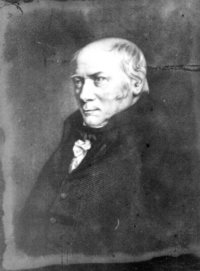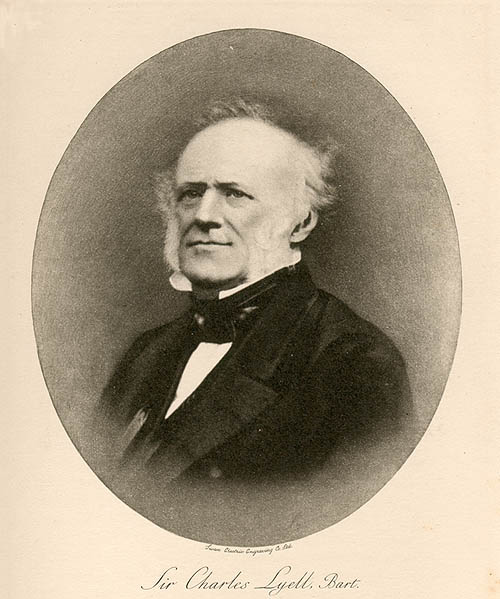James Hutton, Sir Charles Lyell, and William Smith were United Kingdom geologists working during the late 18th and early 19th centuries. Hutton (above left) is credited with having introduced and applied the concept of deep time to the interpretation of geologic history. Lyell (below) is credited with having introduced and applied the principle of uniformitarianism to the interpretation of rock sequences. Smith is credited with having introduced the concepts of original horizontality and superposition to determine the relative ages of undeformed sedimentary rock successions. [Photographs courtesy of the Geological Society of London.]
Questions
1. Briefly define the term stratigraphy. Briefly describe the role of the stratigrapher, the types of rocks with which he or she works, and the places where such rocks are found.
2. Briefly define the following and their value to the work of the stratigrapher:
 a. The Principle of Original Horizontality
a. The Principle of Original Horizontality
 b. The Principle of Superposition
b. The Principle of Superposition
 c. The Principle of Cross-Cutting Relationships
c. The Principle of Cross-Cutting Relationships
 d. The Principle of Index Fossils
d. The Principle of Index Fossils
 e. The Principle of Faunal Succession
e. The Principle of Faunal Succession
 f. Walther's Law
f. Walther's Law
3. Which other information must also be obtained from a sequence of sedimentary rock, in the absence of fossils, if an accurate geologic history and chronology of events is to be established? THINK!!!



